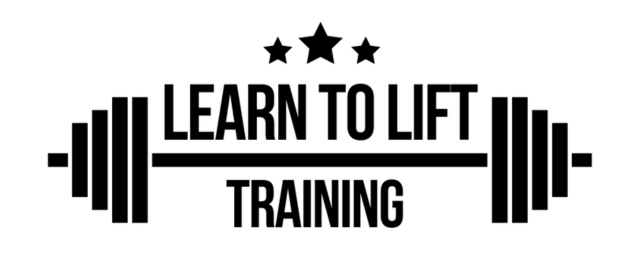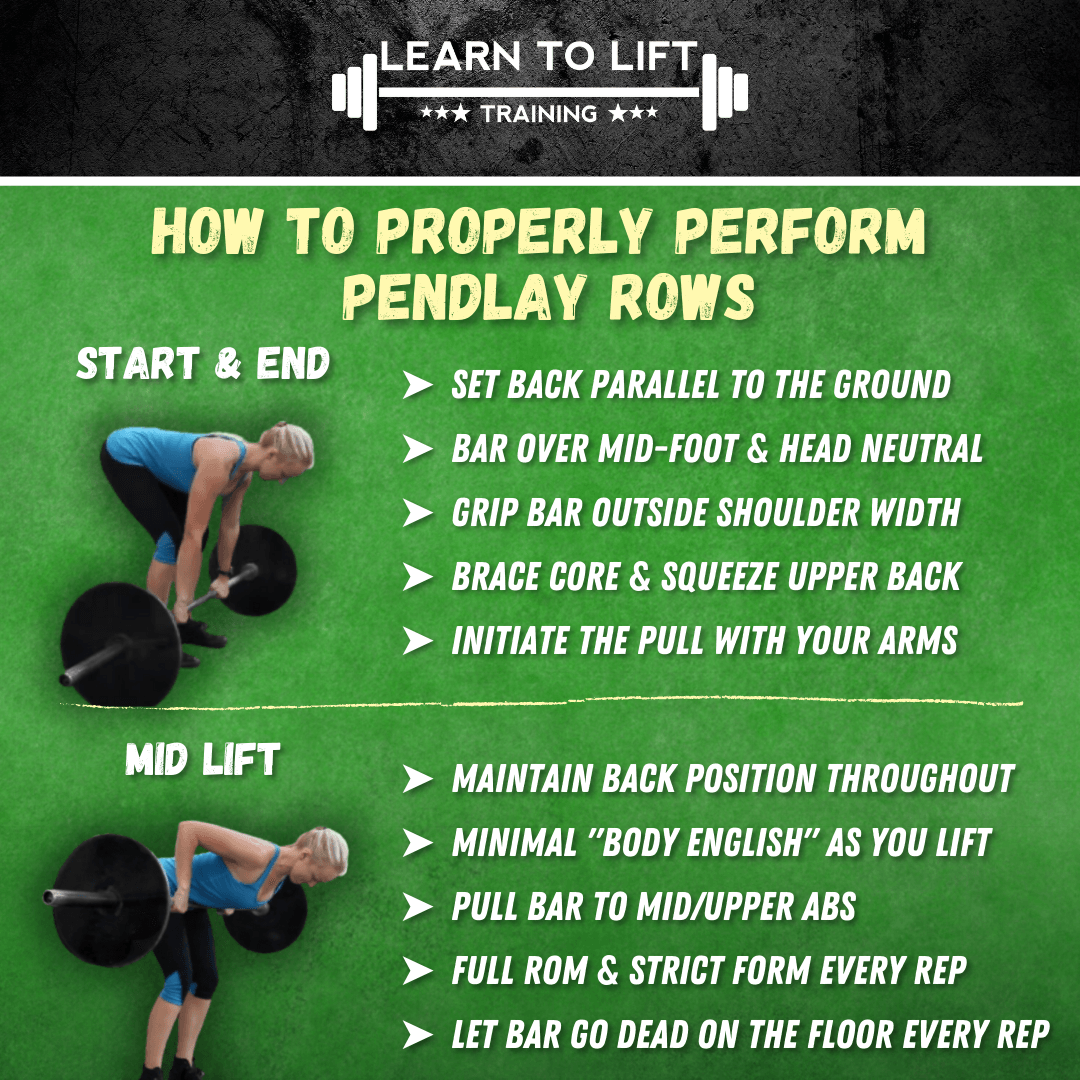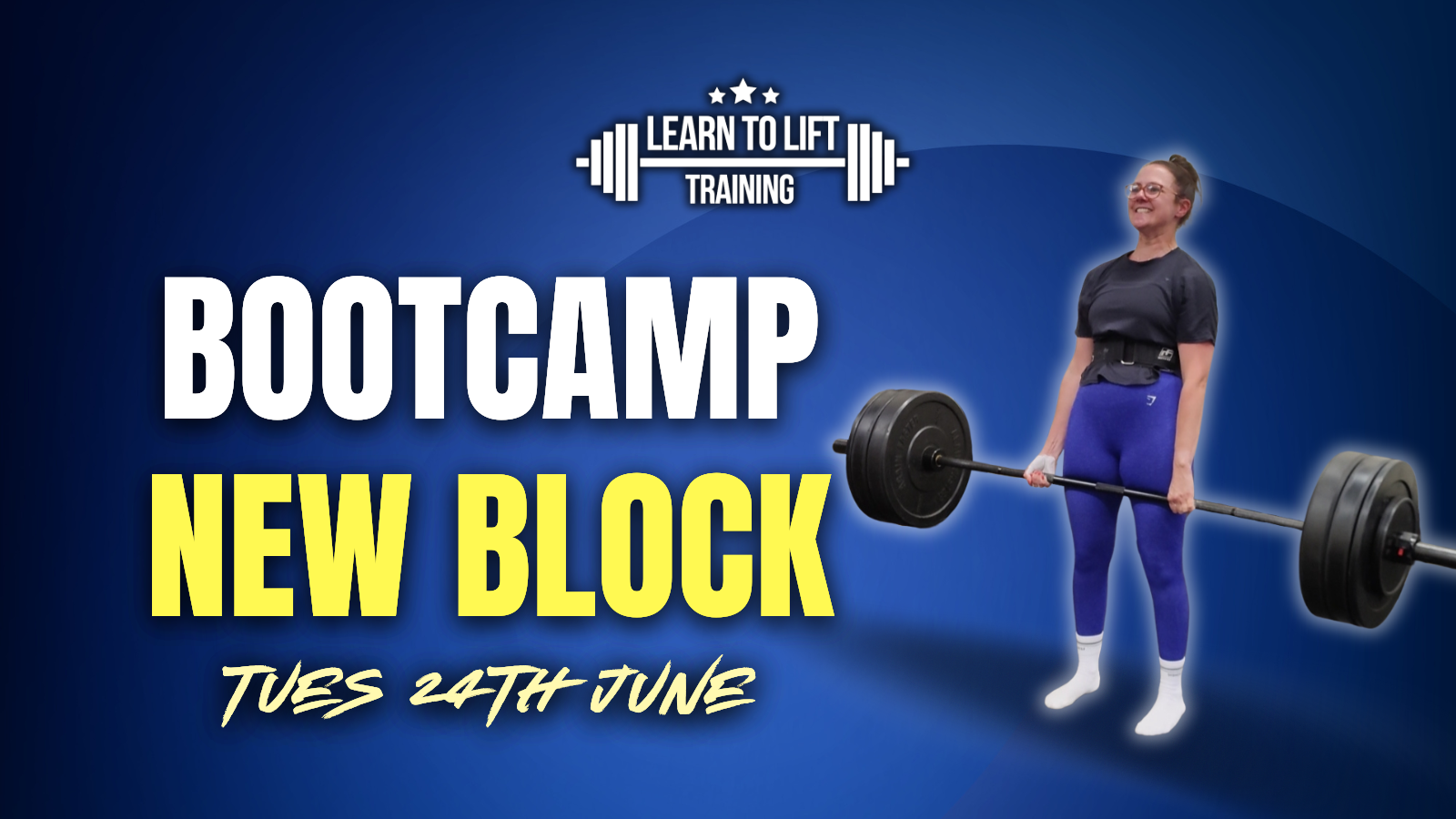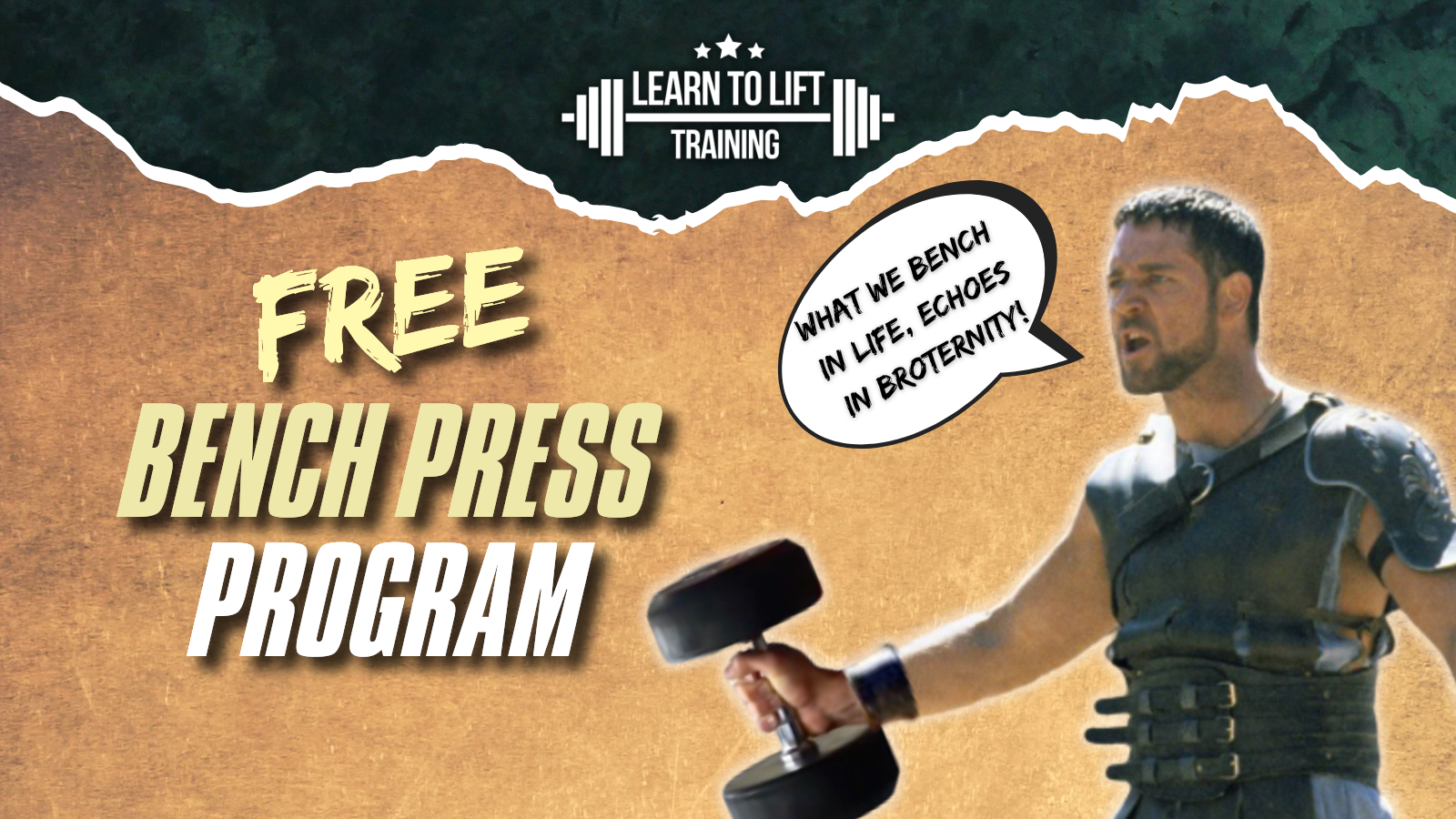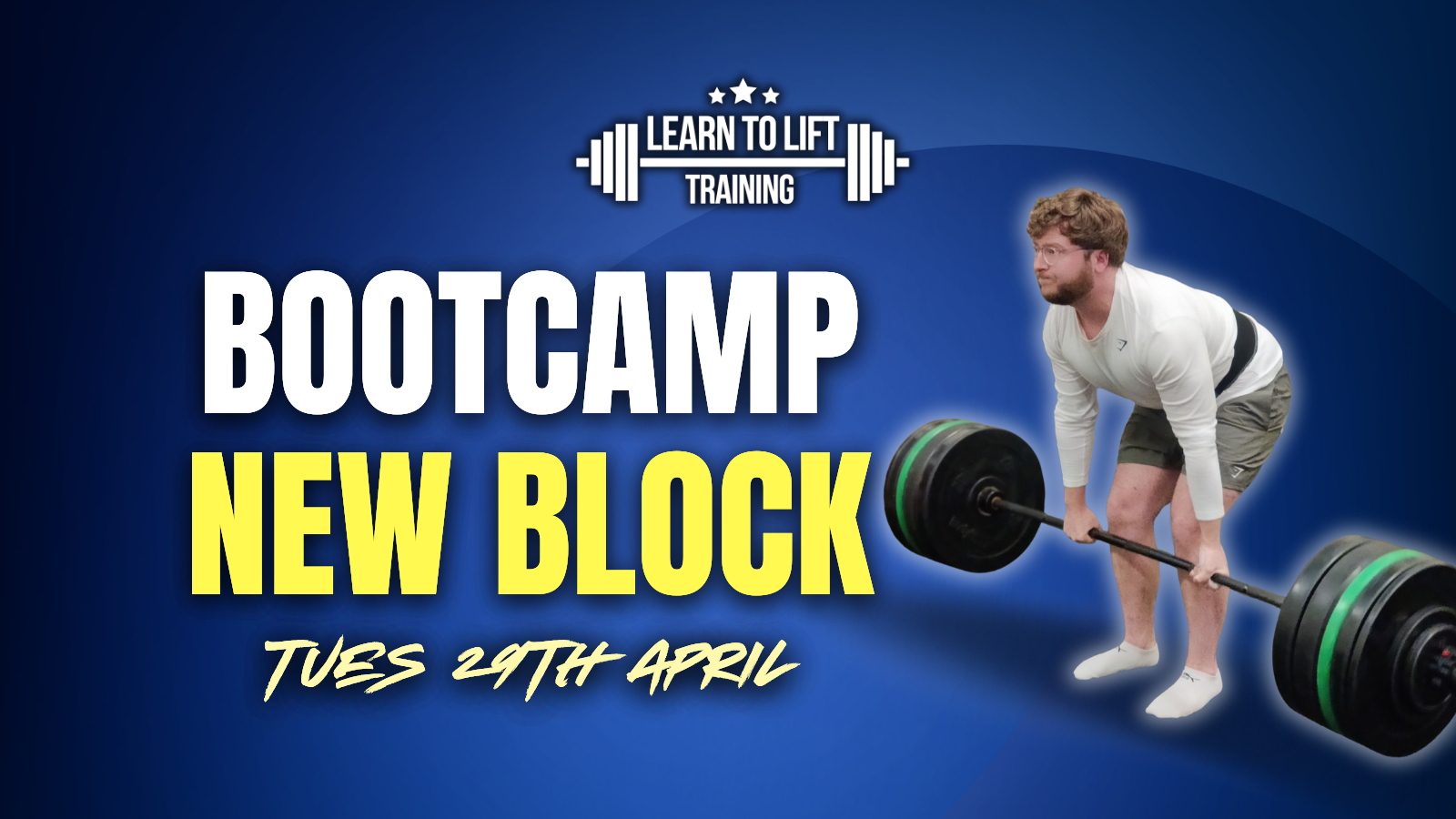Training Tips - How To Properly Perform Pendlay Rows
How To Properly Perform Pendlay Rows
The Pendlay Row is a fantastic exercise for building strength but unfortunately it is also one of the most incorrectly performed movements too.
There's a good chance you will have seen people in the gym or on Instagram supposedly performing Pendlay Rows and the movement more closely resembles an odd partial deadlift/high pull hybrid than the intended exercise.
The most common error on this movement is to use a lot of body English in an attempt to lift more weight. Don't be that person, here's how to perform the exercise correctly!
Correct technique
🔹Set your back parallel to the ground - this will be the position you should lock your back into for the entire duration of the exercise.
The bar should be over your mid-foot and your head should be neutral. Set your grip just outside shoulder width, we personally prefer a thumb space out from where the knurling starts.
🔹Brace your core & squeeze your upper back - this will help stabilise your torso and set you in a strong position to perform the exercise and maintain the alignment of your back through the duration of the set.
🔹Pull the bar towards your mid to upper ab region - initiate the movement with your arms and think of driving your elbows up past your torso as you do. Make sure the bar makes contact with your stomach and then return the bar under control (but not too slowly) back to the floor.
🔹Minimal "body English" & full range of motion - your back should stay in an almost identical position throughout the execution of the exercise. Although generating momentum by moving your torso is a valid technique in other row variations, there shouldn't be any of this on a Pendlay row.
Make sure you get a full range of motion on every single rep for best results. The definition of a full range of motion in this instance is moving the bar from the floor to contact with your mid to upper ab region and back to the floor again.
🔹Let the bar go dead on the floor at the end of every rep - this along with the torso position is one of the key defining traits of a Pendlay Row. Let the bar go dead for a split second and then initiate the next rep.
Learn more from the infographic & video
There's a handy summary of the pointers for correct technique on the infographic attached and a video from the man himself, the exercise's inventor Glenn Pendlay!
Sadly Glenn passed away in 2019 but he leaves behind a fantastic legacy in Olympic lifting and strength training, this exercise being an important part of it.
Get some coaching
If you would like expert coaching on this exercise and many others, have a look at our
Glasgow Bootcamp and
Personal Training In Glasgow
pages and
send us a message to get involved!
